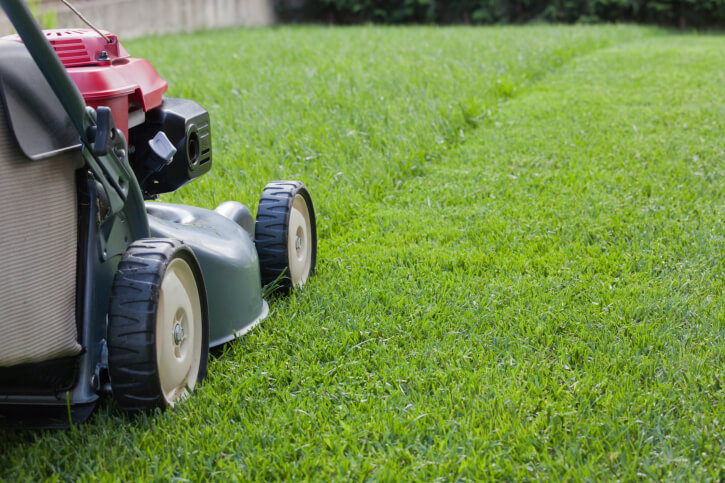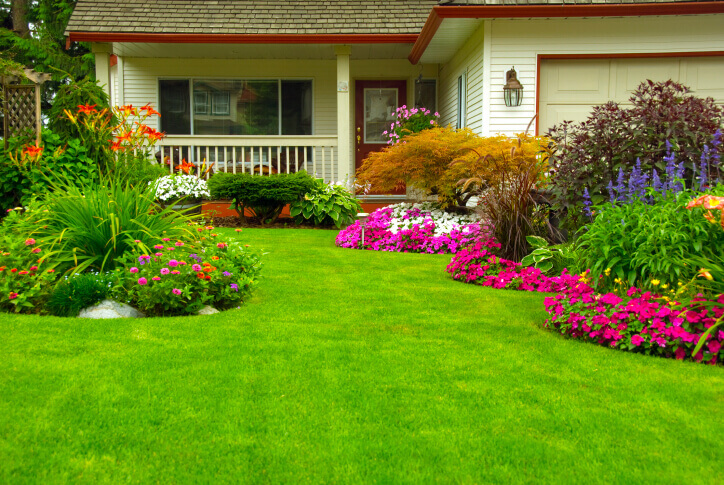
6 Things to Keep In Mind When Mowing Grass
Mowing grass the right way will keep your grass healthy and happy. To make sure you are using the best mowing techniques that will reduce shock to the grass, keep these 6 things in mind when you mow grass.
1. Frequency of Mowing
The best mowing schedule for your grass will depend on the type of grass variety, or varieties, which make up your lawn. Cool season grasses will need to be mowed more often during their high growth seasons of spring and fall, while warm season grasses will need to be mowed more during their high growth seasons of late spring and summer. During the low growing seasons, cool and warm season grasses should be mowed less; too much mowing during these times can injure the lawn.
2. Grass Height
For a healthy grass lawn, maintain the grass at an optimum height. The height at which your grass will flourish will again depend on the variety of your grass. Some grass varieties – such as zoysia and bermuda grass – thrive at heights around 1.5 inches while other grass varieties – such as fescue or buffalo grass – are healthiest when maintained around 2.5 inches in height.
3. Avoid Grass Shock
Grass shock may occur if you cut 3 or more inches of grass at a time, and the shock can leave your grass vulnerable to fungal diseases and lawn pests. If your lawn has become overgrown, trim off no more than 2 inches at a time until you reach the optimum height for your grass.
4. Time of Day to Mow
The best time of day to mow is in the late afternoon. At this time the early morning dew has evaporated and the bright mid-day sun has reduced its shine. Mowing grass at this time will limit fungal diseases that can occur when grass is mowed at night; late afternoon mowing will also help the newly cut edges of the blades adjust before they are exposed to moisture or full sun.
5. Moisture Levels
Grass should never be mowed when it is wet. Mowing a wet lawn can cause soil compaction, injury to grass blades and it may damage your mowing equipment. Always mow when the grass and the ground is dry.
6. Mowing Aftercare
After mowing grass, give your lawn a little TLC to help keep your grass healthy and strong. Try to limit wear and tear on the yard from children or pets at least for 24 hours during the post-mow period, and give your lawn a nice soak of water a few days after it has been mowed.


